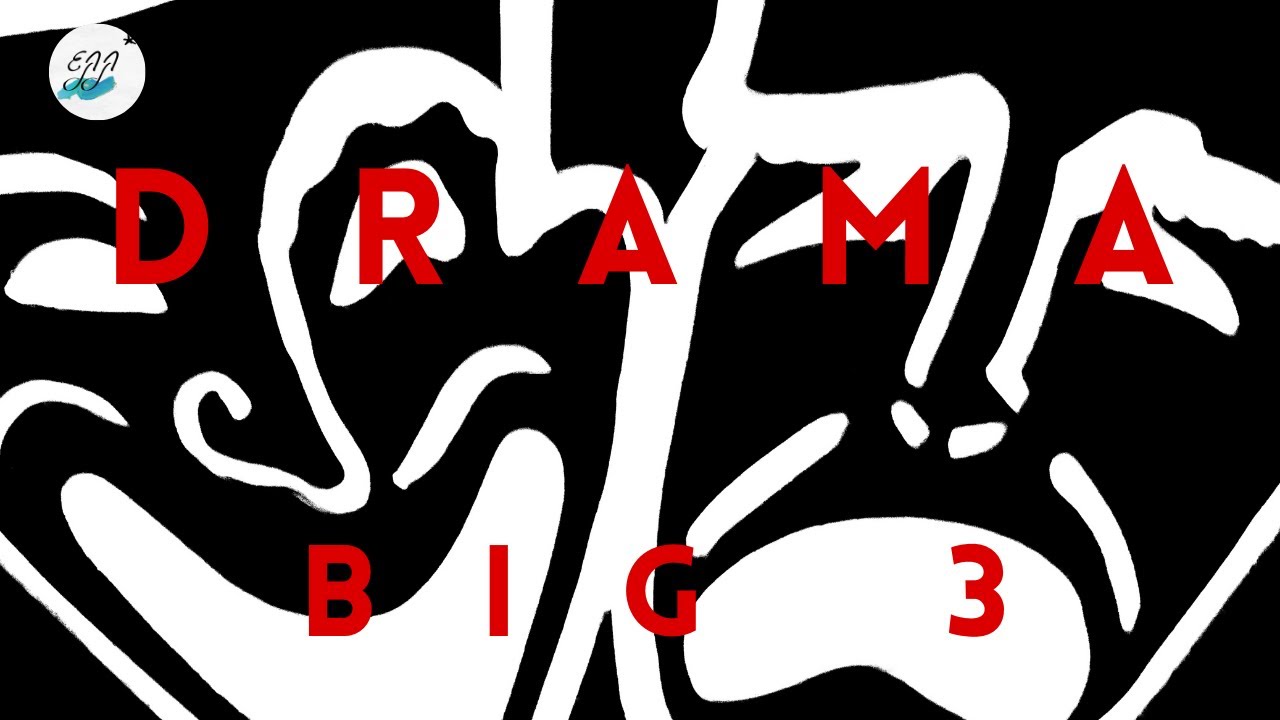Agamemnon by Aeschylus | Summary & Analysis
Summary
TLDRAgamemnon, a Greek tragedy by Aeschylus, explores themes of fate, vengeance, and justice in the cursed House of Atreus. The plot centers around Agamemnon’s return from the Trojan War, where his wife, Clytemnestra, seeks revenge for the sacrifice of their daughter. Despite the warnings of the prophetess Cassandra, Agamemnon enters the palace, where he is murdered. The play delves into the destructive cycles of revenge, as Clytemnestra and her lover Aegisthus claim power. With vivid symbolism and complex characters, *Agamemnon* examines the clash between personal righteousness and the tragic consequences of fate.
Takeaways
- 😀 The play 'Agamemnon' opens with the watchman eagerly awaiting news of the Trojan War's outcome.
- 😀 The Chorus, composed of the elders of Argos, reflects on the events leading up to the Trojan War and the suffering caused by Agamemnon's decision to sacrifice their daughter, Iphigenia.
- 😀 Agamemnon returns from Troy with his war prize, Cassandra, a prophet who foresees his death and her own.
- 😀 Clytemnestra, Agamemnon's wife, welcomes him home with false affection, plotting his assassination in revenge for Iphigenia's sacrifice.
- 😀 Cassandra, despite her prophetic gift, is ignored by others as she forewarns of doom and the murder of both herself and Agamemnon.
- 😀 The play's climax is marked by Clytemnestra murdering Agamemnon and Cassandra, with her justifications tied to vengeance for her daughter's death.
- 😀 Aegisthus, Clytemnestra’s lover, joins her in ruling Argos and shares the tragic backstory of their family's curse.
- 😀 The Chorus represents the citizens of Argos, providing commentary and reflecting the moral and emotional turmoil surrounding the events.
- 😀 Major symbols in the play include nets (representing inescapable fate), the watchdog (symbolizing responsibility misused), and the purple carpet (representing bloodshed and hubris).
- 😀 Central themes explored in 'Agamemnon' include fate vs. free will, revenge vs. justice, and the moral tension between righteousness and evil in the pursuit of vengeance.
Q & A
What is the central setting of the play Agamemnon?
-The central setting of the play is the Greek city of Argos, specifically the roof of the Royal Palace where the introduction takes place.
What is the significance of the chorus in Agamemnon?
-The chorus represents the citizens of Argos. They provide moral commentary on the actions of the characters, express collective emotions, and reflect on the consequences of those actions, although they cannot influence the outcome of the drama.
What is Clytemnestra's motivation for killing Agamemnon?
-Clytemnestra kills Agamemnon as an act of revenge for the sacrifice of their daughter Iphigenia, which Agamemnon had done to secure favorable winds for the Greek fleet to sail to Troy.
How does Cassandra contribute to the play's tragic atmosphere?
-Cassandra, a Trojan prophetess, foresees Agamemnon's death and her own, but because of a curse from Apollo, no one believes her prophecies. Her tragic foresight enhances the play’s sense of inevitable doom.
What role do the symbols of nets and webs play in the story?
-The imagery of nets and webs symbolizes the inescapable fate that entraps the characters, suggesting that death or doom is closing in on them, as characters are caught in the web of fate that they cannot escape.
How does the play explore the theme of fate versus free will?
-The play explores the tension between fate and free will by showing how characters seem trapped by forces beyond their control, such as the gods' interventions and prophecies. However, they are still held accountable for their actions, questioning whether humans can make choices or are controlled by fate.
What is the significance of the purple carpet in the play?
-The purple carpet symbolizes wealth, power, and the bloodshed associated with the House of Atreus. Clytemnestra uses it to honor Agamemnon, but it is also a symbol of the impending death and the tragic consequences of their actions.
What does the chorus's reaction to Agamemnon’s return tell us about their relationship with him?
-The chorus is initially loyal to Agamemnon, but they are critical of his decision to go to war. They are conflicted and deeply affected by his death, which shows their sense of helplessness and sorrow as they witness the destruction of their king.
How does the concept of justice versus vengeance manifest in the play?
-The play grapples with the idea of revenge as justice. Clytemnestra sees Agamemnon’s murder as justified retribution for the death of their daughter, while others see her actions as a cycle of vengeance that perpetuates suffering and violence within the family.
What role does prophecy play in the events of Agamemnon?
-Prophecy plays a critical role in Agamemnon, as both Cassandra and the prophet Calchas foresee events, such as the fall of Troy and Agamemnon’s death. However, the prophecies are doomed to be ignored or misunderstood, contributing to the sense of inevitability and fatalism in the play.
Outlines

This section is available to paid users only. Please upgrade to access this part.
Upgrade NowMindmap

This section is available to paid users only. Please upgrade to access this part.
Upgrade NowKeywords

This section is available to paid users only. Please upgrade to access this part.
Upgrade NowHighlights

This section is available to paid users only. Please upgrade to access this part.
Upgrade NowTranscripts

This section is available to paid users only. Please upgrade to access this part.
Upgrade NowBrowse More Related Video

Greek Drama Ep.2: Introducing the Greek Tragedians (Euripides, Aeschylus, Sophocles)

Iliada lui Homer. Rezumat

SENI BUDAYA - Sejarah Teater Dunia dan Teater Modern

Novo Telecurso - Teatro - Aula 01 (2 de 2)

History of Theatre 1 - From Ritual to Theatre (Subtitles: English, Español, Dutch)

Characteristics of Shakespearean Tragedy
5.0 / 5 (0 votes)